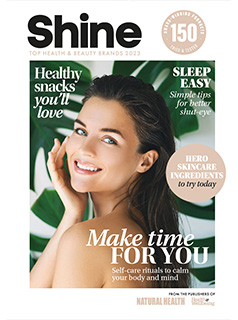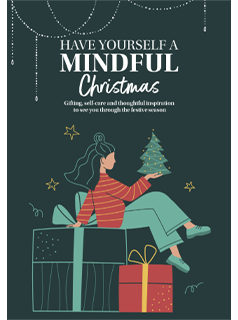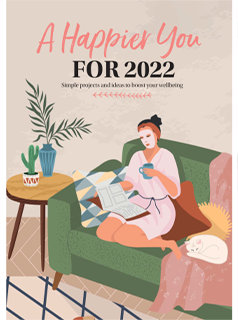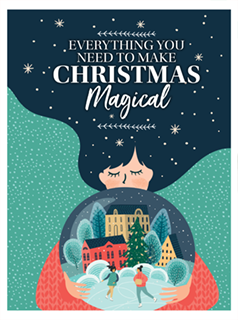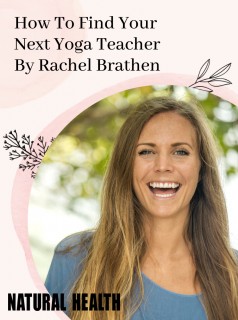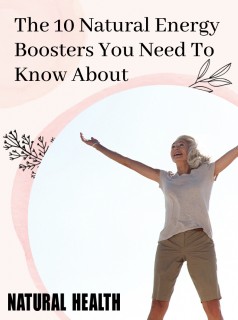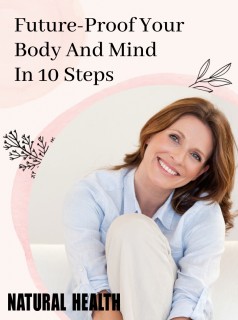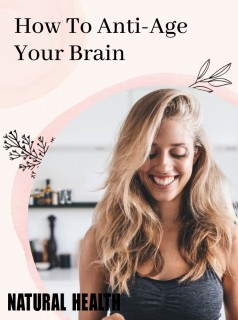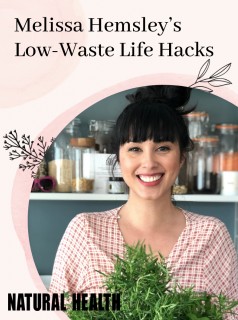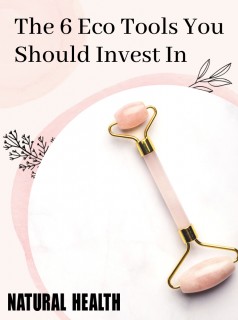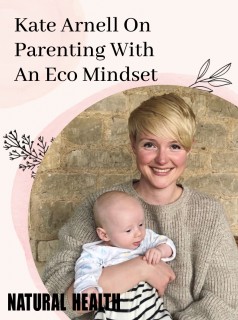Laura Sevier talks to the experts to learn the secrets of perfect posture.
Laura Sevier talks to the experts to learn the secrets of perfect posture. yoga for years I thought I had pretty good posture. That was until I had a recent bout of shoulder pain and a physiotherapist pointed out that my right shoulder was rolling forwards which was putting the rest of my body out of balance.
Modern life doesn’t make it easy for us to maintain good posture, with its heavy handbags, computer culture and stress. An estimated one in five people will visit their GP in any given year because of back pain. However there are positive actions you can take. I spoke to six experts and discovered that good posture involves an awareness of the whole body. In otherwords it is a state of mind – and a state of being.
Try this
“Inhale into the side seams of your shirt, widening your ribcage. This lifts your ribcage without forcing an unnatural posture. Imagine your collarbones are extending into the space to your right and left sides,” says bodyworker Mary Bond.
Osteopathy: Guru Singh Khalsa
On posture: “Posture is both physical and mental. Your body mirrors your mental attitude or vice versa. If you’re slumped you have a different outlook mentally. Your projection is different; you’re more introverted, fearful, protective. Good posture is about being more open, accepting and honest – you share a part of yourself.”
How it helps: Osteopathy has a holistic view of the body, evaluating all the causes of the pain, not just the symptoms in isolation. Most people’s spine is not aligned properly and eventually people end up in pain. The aim is to restore the natural curves (lumbar, thoracic, cervical) in the spine.
The experience: The treatment is surprisingly enjoyable, mostly consisting of a soft tissue massage. The only time I winced was at the end during the manipulation of spinal joints.
Top tip: Sit with a straight spine and smile. Bring more awareness to how you hold yourself and move.
Try it: Costs £85 for 45 minutes with Guru Singh (gurusingh.org.uk) at Très, Chelsea Bridge, London (020 7622 2252; treschelsea.com ). Find an osteopath at osteopathy.org.uk
Yoga: Godfrey Devereux, Founder Of Dynamic Yoga Method
On posture: “Good posture, or structural integrity, expresses itself through grace and ease of movement. Implicit in this is a relaxed, alert mind unconcerned with anything that it does not actually need to be engaged with.”
How it helps: Dynamic yoga proposes that good posture comes from integrity in the relationships between the body parts – every joint is stable but mobile, every muscle able to act in relation to all other muscles. The hundreds of possible muscular relationships are individually and collectively addressed with hundreds of yoga postures.
The experience: For the first few classes, we repeated the same five yoga postures in order to learn the dynamic yoga training method. Then Godfrey gradually introduced more asanas. I became very conscious of how I held myself – and how one little adjustment affects the rest of the body.
Top tip: Whenever possible pay attention not only to the actions you are taking, but also to the impacts they are having on your joints, so that you can keep the sensations they are generating as soft and quiet as possible, given what it is that you are doing.
Try it: Yoga classes typically last between one and two hours and cost between £10 and £15. Visit windfire.com . To find a yoga teacher near you see bwy.org.uk
Rolfing: Alan Richardson
On posture: “Most people to some degree are out of line so that other parts of the body like the hip or the shoulder are overworking or overcompensating. In rolfing we look at how a particular problem area relates to the rest of the body.”
How it helps: Rolfing works by manipulating the myofascial system (the body’s soft connective tissue network). The rolfer applies pressure and friction in massage-like movements and as the fascia soften and elongate, tension releases. Posture improves and the body is more aligned, balanced and free of tension.
The experience: Alan took a few frontal and profile photos of me to show me how I stand. The first session was a quick run through various important points – arms, calves, hamstrings and quads. It felt like a deep tissue massage but more targeted with serious pressure applied on certain muscles. At times it was painful but not unbearable.
Top tip: A big problem is that people tend to hold their heads forward at computers as if they’re going to get the information. Consciously say to yourself you’re going to let the information come to you rather than going to get it.
Try it: Costs £80 for one hour, at Alan’s practice in East Finchley, London (020 8883 7655, rolfing-london.co.uk ) or £90 for one hour at The Hale Clinic, London. Find a Rolfer near you at rolfinguk.co.uk
Physiotherapy: Michelle Walters
On posture: “Poor posture is a significant contributor to back and neck pain. In this day and age of sedentary work, stress and fast-paced living, the body’s natural response is to draw the shoulders to the ears which causes overuse of these muscles and poor breathing patterns. The muscles get tighter and, combined with a slouched posture, lead to joint stiffness in the neck and mid spine.”
How it helps: During the session, massage eases the tight muscles and joint manipulation enables better mobility of the spine. Outside the session, the exercises that you’re given to practise will stretch contracted muscles and strengthen weak muscles.
The experience: To identify the cause of my shoulder pain, Michelle observed my standing and sitting posture as well as my shoulder and neck movement. Most of the session comprised a firm massage focused on the painful area and the muscles surrounding it. She gave me some simple stretches and exercises to practise to correct and strengthen key muscles.
Top tip: Pull the shoulder blades back and down as though placing them in your back pocket.
Try it: Costs £45 for 30 minutes at London Physio (020 8568 5900; thelondonphysio.com )
Alexander Technique: Anthony Kingsley
On posture: “Most of us unconsciously hold tension in the neck, back, knees, jaw and face. Cultivating a more effortless, calmer, freer, softer way of being, through Alexander Technique is the most healing thing you can ever do for yourself. Instead of thinking: ‘why is my back hurting?’ AT teaches you to think: ‘how am I contributing to my back problems?’ and then learn how to stop it.”
How it helps: You learn how to stop reinforcing your unconscious habits of tension and, as a result, how to sit, stand, walk, talk and perform in a freer and more graceful way.
The experience: During the session, Anthony observed me sitting, standing and moving and pointed out how much tension I was holding in my back, neck, knees and stomach and guided me to become aware of these holding patterns. He used a gentle form of touch on tense areas to encourage them to soften and expand.
Top tip: Lie down on a soft floor with your knees bent, feet on the floor about hip-width apart. The head should rest on a few paperback books so that the neck line is approximately parallel to the ground. Do this once or twice a day for about 20 minutes and your spine will return to its natural resting length.
Try it: Costs £35-£75 for a 30-45 minute session at The Alexander Studio, central London (020 7629 1808; alexanderstudio.co.uk ). Find a teacher at stat.org.uk
Heartcore Pilates: Jess Schuring
On posture: “Traditional fitness classes tend to emphasise aerobic exercise, weight loss or strength, not necessarily postural alignment. Heartcore classes combine all these elements and add the additional benefit of postural awareness and realignment by strengthening and stretching muscles that lead to bad posture.”
How it helps: Heartcore is an energetic workout done on proformer pilates beds. Like pilates, it emphasises postural alignment, core strength, strengthening weak muscles and making all the muscles work in the right way.
The experience: A 55-minute session had me standing, kneeling and lying on the beds, pulling a series of pulleys and weights. It was exhausting, hard work but exhilarating too.
Top tip: Practise the plank. The only touching points to the floor are the elbows, lower arms and toes. Keep the hips slightly tucked under and abs tight. This strengthens your traverse abs round your torso and helps tighten everything around your core and stabilise it. Start from 30 seconds and progress to two minutes. If you feel pain or pressure in the lower back come down to your knees or tighten abs.
Try it: Costs £25 for 55 minutes, at any of the four Heartcore Studios in West and North London (020 7435 5078; heartcore.co.uk )
3 tips for good posture
Use your peripheral vision to maintain your sense of spatial awareness. The sense of yourself occupying the space around you automatically centralises and lifts your body.
When seated, adjust your chair seat so that your hip joints are higher than your knees. Then, roll slightly forward on your pelvis so that you feel your weight born by the tops of your thighsinstead of on your buttocks. This gives a natural forward curve to the lower back, which, in turn, uplifts the ribcage and head.
When standing and walking, try to feel your weight poised over the fronts of your heels rather than resting on the back edge of your heels. When you sense your entire footprint bearing weight, and roll through your entire footprints when you walk, your body has the support to true itself around its central axis.
Tips from bodyworker Mary Bond (marybond.net )






